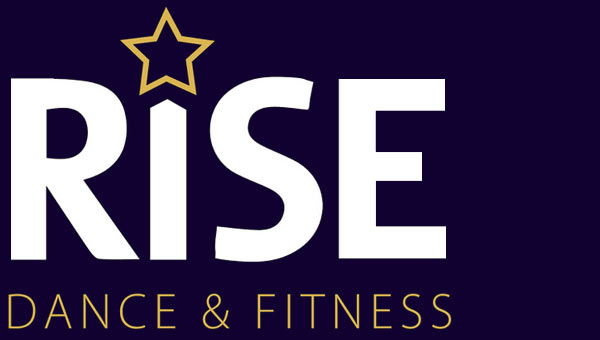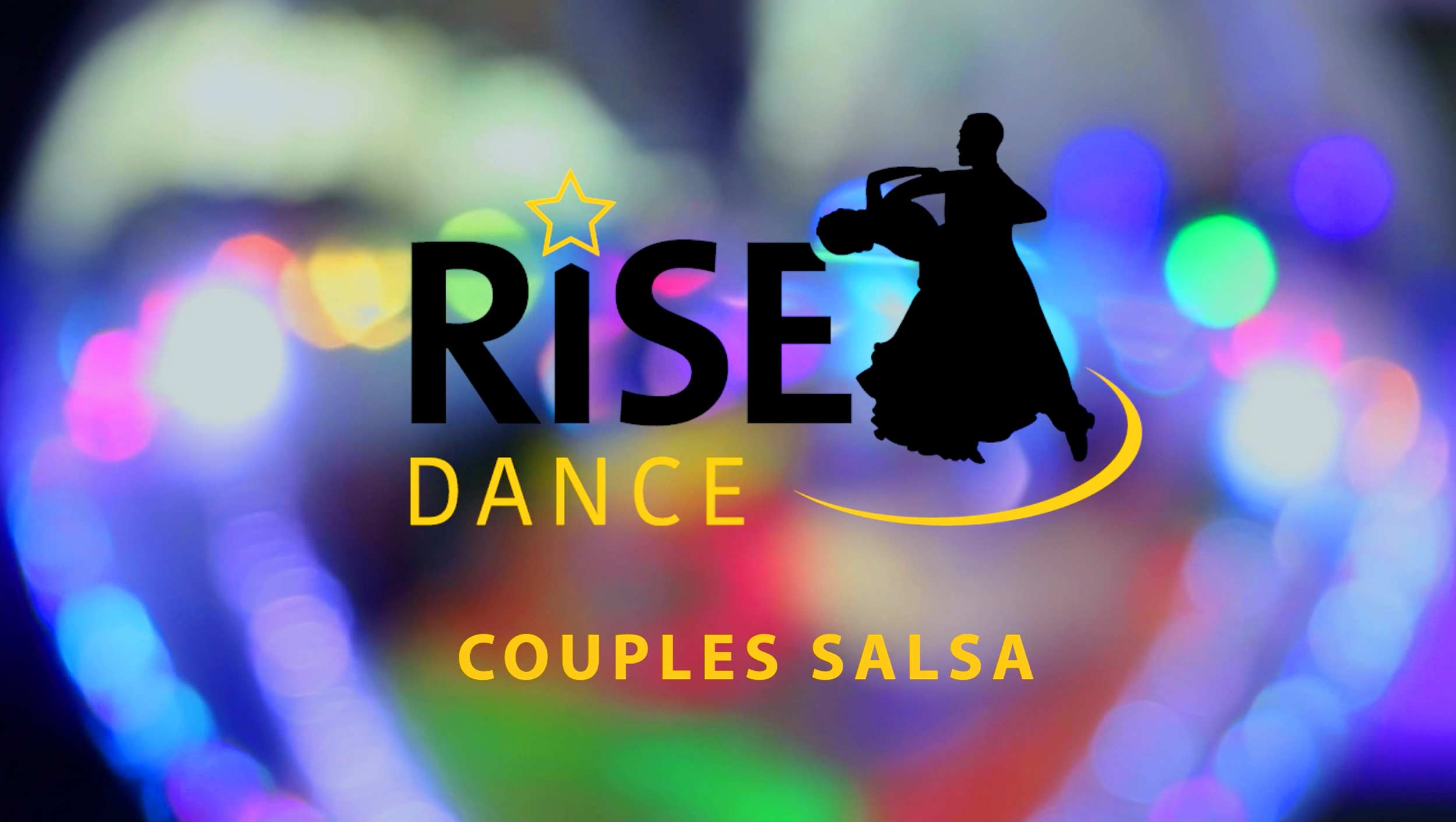Dance with flair, discover the joy of partner dance Mambo classes at RISE Dance
A Guide to Mambo Dancing
If you are seeking to learn a fun high energy dance then we thoroughly recommend that you get yourself booked into one of our Mambo classes! You will no doubt be familiar with Mambo dancing as it features heavily on TV shows such as Strictly Come Dancing and Dancing With the Stars. Celebrities such as Jennifer Lopez and Ricky Martin have also ignited the spark of Mambo dancing in some of their music videos over the years!
At RISE dance we offer a Solo Latino class that includes the Bachata, Merengue and Mambo. Our dance instructors will teach you all of the fundamental moves of this flirty sensual Latin American dance which is sure to help you stand out on the dance floor!
In this guide, we will talk you through everything that you need to know about Mambo Dancing and how RISE Dance can teach you how to dance the famous Mambo!
What is Mambo Dancing?

Mambo dancing originated from Cuba in Latin America in the 1940’s and it is characterised by upbeat energy, side steps, and kicks and flicks of the feet. The Mambo is also distinguished by its exaggerated hip movement and long flowing motions which gives the dance its distinctive sensual feel.
The word ‘Mambo’ is believed to have been the name of voodoo priests who claimed to send dancers into hypnotic states. Perez Prado came up with the dance first introducing it to the Tropicana nightclub in Havana before reaching the USA and gaining widespread popularity particularly in nightclubs in both New York and Miami in the 1950’s and 1960’s.
It is a very similar dance to Salsa except what helps to differentiate it is that the Mambo is danced on the second count of the beat whereas Salsa dancing breaks on the first count of the beat. The Mambo is also traditionally danced with a partner and involves a lot of forward and back motions.
In the 1980’s a modern New York Mambo style started to emerge which was danced to Mambo music but the actual dance encompassed a style which was more common with the salsa. The New York Mambo is sometimes referred to as the “Sambo on two” because of the timing of its breaks on steps.
You will no doubt be familiar with a few Mambo dance songs including “Papa Loves Mambo” by Perry Como, “Single Ladies” by Beyonce and “Mambo Italiano” by Dean Martin.


How can I get started?
Here at RISE Dance Mambo is one of our most popular dance classes!
If you come along to one of our Solo Latino classes we will teach you easy to learn patterns and have you dancing to upbeat lively music from this genre. Here you can expect a dance class and party rolled into one.
For those who prefer one-to-one tuition, we also offer private tuition which is perfect if you have missed a class or want to learn at a time that suits you. Our qualified teachers will help you to arrange a private lesson at a time and place that best fits in with your schedule.
What else do i need to know
What you need to bring along with you for your first Mambo dance lesson?
Once you have signed up to a dance class you may be wondering what else you should know ahead of your first class.
One of the most important things that you should prioritise ahead of your first dance session is to ensure that you wear suitable clothing and footwear that will complement your dancing.
At RISE dance specific dancewear is never a necessity at a social level so you do not need to wear any specific expensive dance costumes. Some of our couples may dress up for one of our social events but this is not in any way obligatory.
We do not recommend that you wear high heels to your first class as especially in Mambo there is a lot of quick footwork and twists and turns which could make you trip up on the dance floor. Instead, why not opt for a flat shoe such as a plim sole as this will not trip you up while dancing.
Learning a high energy dance such as the Mambo can be a sweaty affair so avoid wearing tight restrictive clothing. Loose clothing or sportswear will instead help you to move around freely on the dance floor and keep you from overheating.

